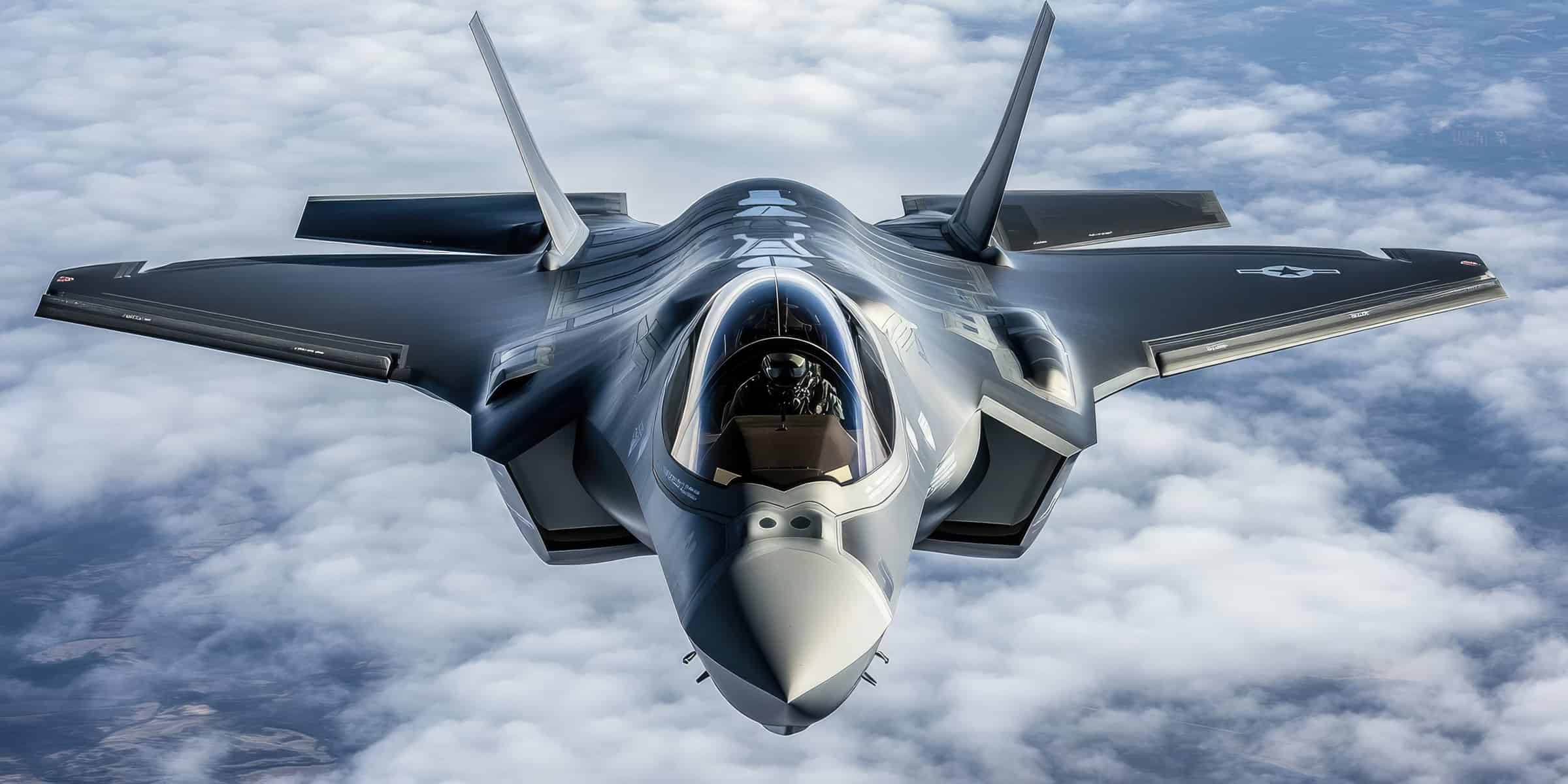The F-35 Lightning II, often simply referred to as the F-35, is one of the most advanced multirole stealth fighter aircraft in the world. Designed by Lockheed Martin, it represents a leap forward in terms of technology and capability for modern air forces. However, an often-overlooked aspect of this cutting-edge fighter is the vital role that its pilots play, including the specific challenges they face regarding their physical demands and needs, such as pilot weight limitations.
Physical Demands of F-35 Pilots
One of the pressing factors for pilots flying the F-35 is the weight limit that the aircraft can accommodate, which includes the pilot, their gear, and equipment. While exact weight limits can vary based on mission profiles and configurations, it is significant to recognize that fighter pilots are commonly required to adhere to strict physical standards to ensure optimal performance and safety. For instance, the average weight limit for a pilot in an F-35 can be around 240 pounds, taking into account the pilot’s flight suit, helmet, and ejection seat constraints.
The F-35 is engineered with advanced technology that enhances the pilot’s situational awareness and reduces their physical strain during operations. The aircraft features a high degree of automation, allowing pilots to focus on decision-making and combat strategies rather than being solely occupied by manual controls. Yet, the need for a pilot to be within a certain weight and size range remains critical to ensure effective aircraft performance.
Importance of Ergonomics
The cockpit of the F-35 has also been designed with pilot ergonomics in mind. The integration of systems that provide real-time data and feedback helps pilots make quick decisions without being overwhelmed, reducing cognitive load. The pilot’s physical fit within the cockpit is essential, as it affects their ability to manipulate controls and respond to the highly dynamic environment of air combat. Thus, decisions around the physical characteristics of pilots are critical not only for safety but also for maximizing the effectiveness of the F-35’s operational capabilities.
Conclusion: The Future of Flight and Pilot Well-being
As military aviation continues to evolve, understanding the constraints and requirements placed upon pilots will be crucial to ensuring the success of programs like the F-35. From individualized training regimens to tailored equipment that supports a diverse range of pilot body types, the future of air combat will depend as much on the well-being of its pilots as on the aircraft they operate. With continuing innovations in aerospace technology and pilot support systems, military aviation looks to create an environment where human capabilities coexist seamlessly with advanced aircraft systems, ultimately bolstering the effectiveness of air forces worldwide.
Essential Tips and Life Hacks for Aspiring F-35 Pilots
Becoming a pilot, especially for advanced aircraft like the F-35 Lightning II, requires dedication, resilience, and an understanding of the unique demands of the profession. Here are some essential tips, life hacks, and interesting facts that can help aspiring F-35 pilots navigate their journey.
1. Maintain Optimal Physical Fitness
Physical fitness is crucial for all pilots, but F-35 pilots have specific weight limitations they must adhere to, typically around 240 pounds including flight gear. To stay within this limit and improve overall health, consider incorporating regular cardiovascular and strength training into your routine. Activities like swimming, running, or cycling can enhance endurance and strength, essential for handling long missions.
2. Nutrition is Key
Eating a balanced diet is vital for maintaining the energy levels required for flight operations. Focus on whole foods—fruits, vegetables, lean proteins, and whole grains—while limiting processed foods. Staying hydrated is equally important, as dehydration can impair cognitive function and reaction times.
3. Familiarize Yourself with Cockpit Ergonomics
Understanding the ergonomics of the F-35 cockpit can give you a significant advantage. Spend time learning about the cockpit setup and controls, and consider simulation training to practice maneuvers in a realistic environment. This familiarity can help reduce cognitive load during intense situations.
4. Develop Strong Decision-Making Skills
Pilots often have to make critical decisions under pressure. Engage in activities that enhance your decision-making capabilities, like strategy games or simulation exercises that mimic combat scenarios. Learning to assess situations rapidly and make informed choices is essential for success.
5. Utilize Technology Wisely
The F-35 is outfitted with advanced technology designed to ease pilot workload. Familiarize yourself with this technology through simulation and training. Understand how to use automated systems effectively to bolster your situational awareness without becoming overly reliant on them.
Interesting Fact: The Role of Human Factors in Aviation
One fascinating aspect of modern aviation technology, especially in aircraft like the F-35, is the emphasis on human factors. Engineers consider how pilots interact with cockpit systems, ensuring that these interfaces are intuitive and reduce the likelihood of errors. This human-machine interaction creates a safer flying environment, allowing pilots to focus on strategic operations.
6. Invest in Mental Toughness Training
The mental demands of being a fighter pilot are significant. Activities such as mindfulness meditation, visualization techniques, and stress management practices will help in developing resilience and focus. Training your mind is as essential as training your body for the challenges ahead.
7. Stay Current with Aviation Developments
The field of aviation is dynamic, with continual advancements in technology and methodology. Regularly read aviation journals, attend workshops, and engage with pilot communities to stay informed. Networking with experienced pilots can provide invaluable insights and mentorship.
Conclusion: Pursuing the Sky with Knowledge and Skill
As you pursue your goal of becoming an F-35 pilot, remember that both physical prowess and mental acuity play fundamental roles. By following these tips, you can better prepare yourself for the challenges of military aviation. The journey may be demanding, but the rewards of flying one of the most advanced fighter jets in the world are immeasurable.
For more insights on aviation careers and technologies, check out resources at Lockheed Martin which offers extensive details about their aircraft and pilot training programs.







